KTM 790 Duke Review
Motorcycle Test by Trevor Hedge
Let’s get straight to the point. KTM don’t do beige. Every single person I have met who works in the big KTM buildings that dominate the serene farming landscape surrounding the Mattighofen headquarters in Austria, is a certifiable lunatic on a motorcycle. And certifiable lunatics build some certifiably mad motorcycles, and the Superduke line-up in particular has always been the maddest and baddest.
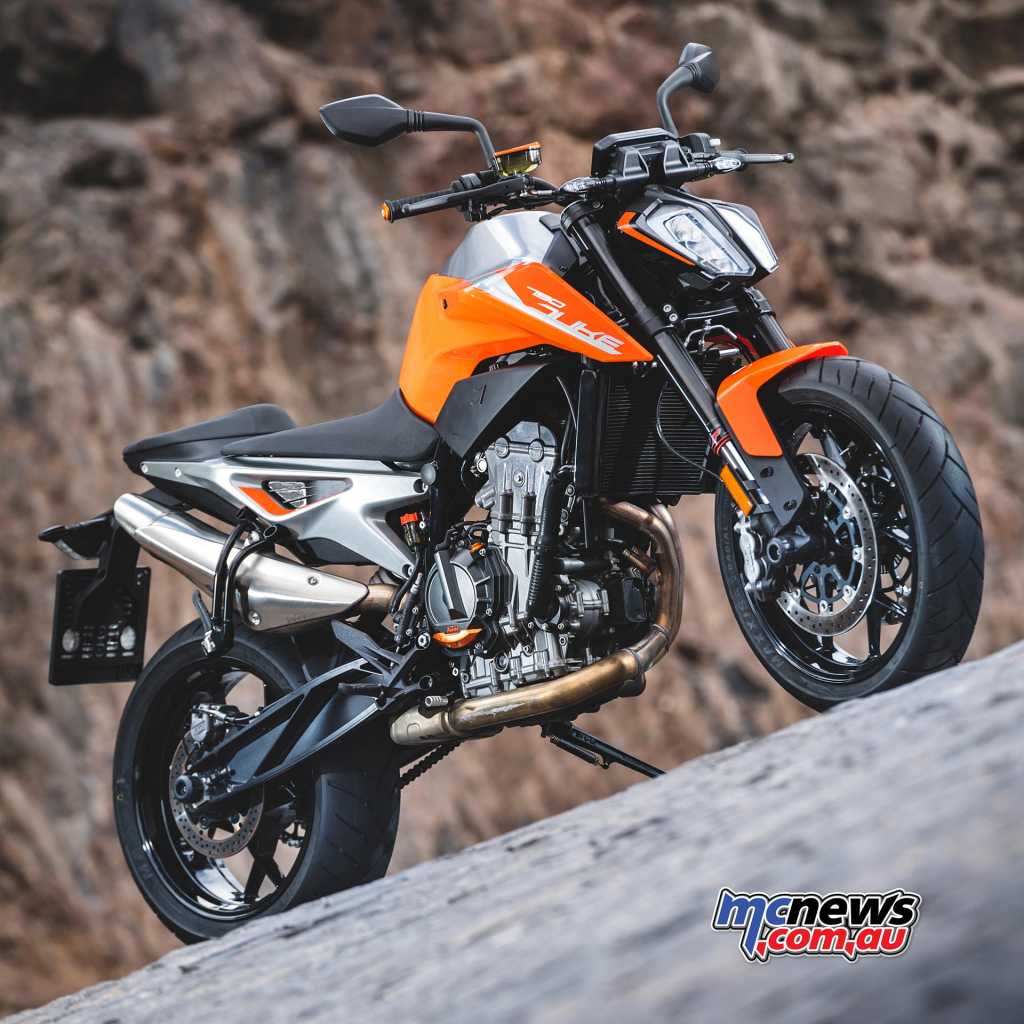
However, the new 790 only scores the Duke name, not the big daddy Superduke branding that has always graced the V-Twin line-up. Instead the new 790 wears the simple ‘Duke’ nomenclature first seen on the original 620 Duke some 25 years ago, and that has adorned all the single-cylinder Duke models. This makes the 790 Duke the first twin-cylinder model to adopt the singular Duke branding.
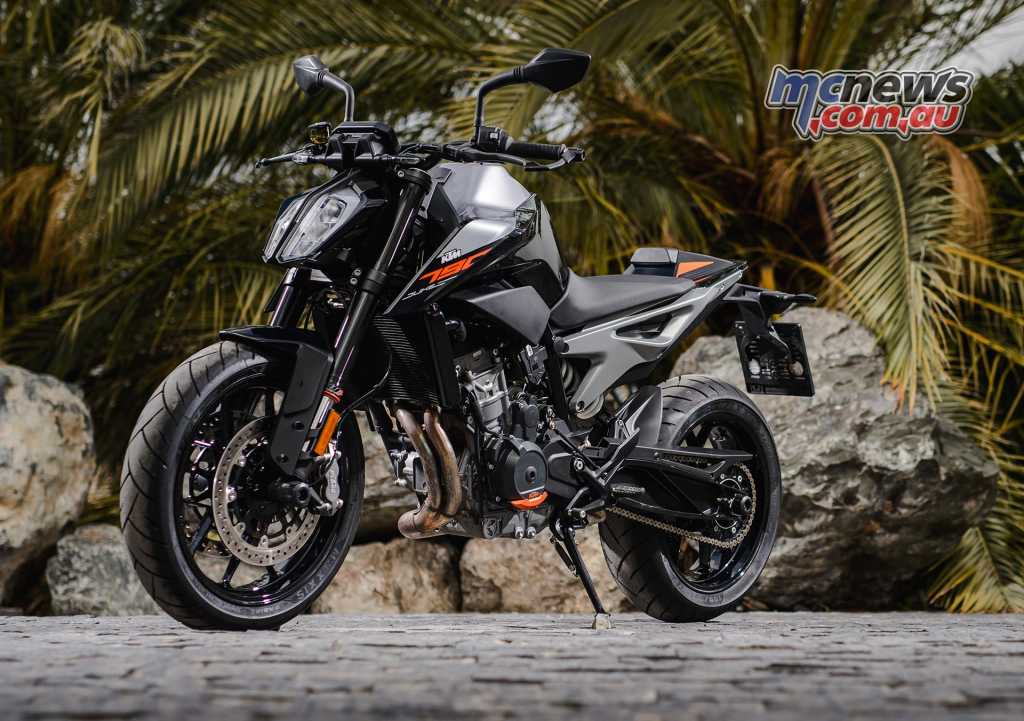
The 500 to 900cc nakedbike market makes up around 130,000 sales globally, with 70 per cent of those machines going to European buyers and 19 per cent to North America, while the rest of the world only makes up 11 per cent of that figure, with Australian sales relatively negligible. It stands to reason bikes aimed at this segment of the market generally have a Euro-centric style and feel to them, and the 790 Duke certainly taps that vein.
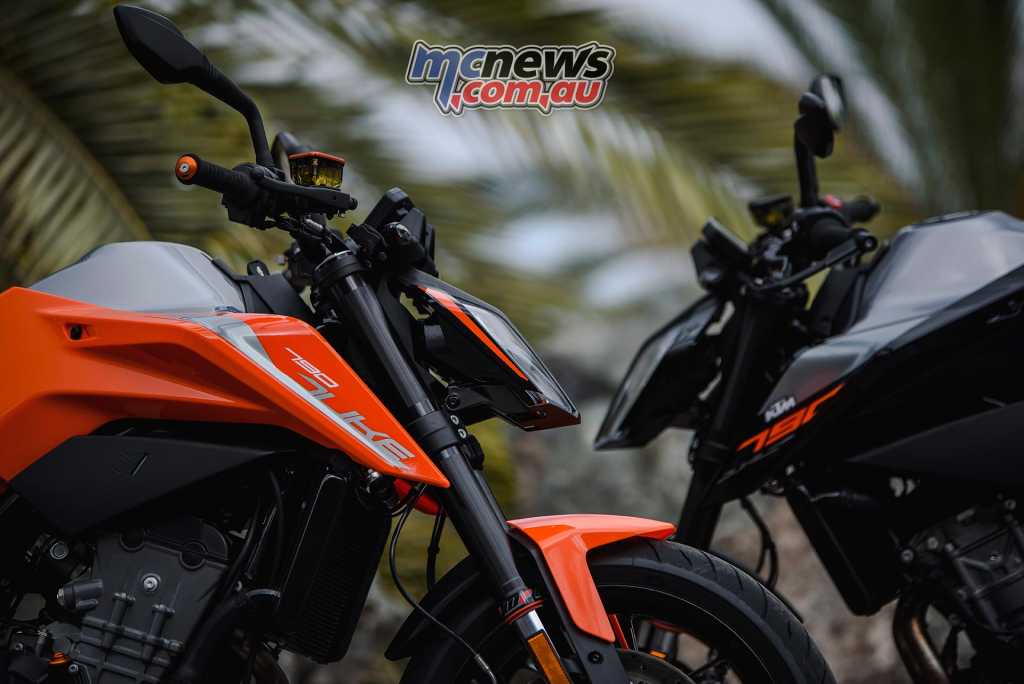
Some of the market leaders in this segment include Yamaha’s very successful MT-09. That crazy fizzing triple with its aggressive, effervescent and punchy character reminded us there is hope for the Japanese manufacturers yet. And in reality, it is only this liveliest rival from Nippon that can hold a candle to KTM’s new 790 Duke for fun. As a package though the 790 Duke feels a lot more sorted. The KTM engine does not match the hedonism of the Yamaha triple, but on the road I have little doubt the KTM would prove every bit as fast.
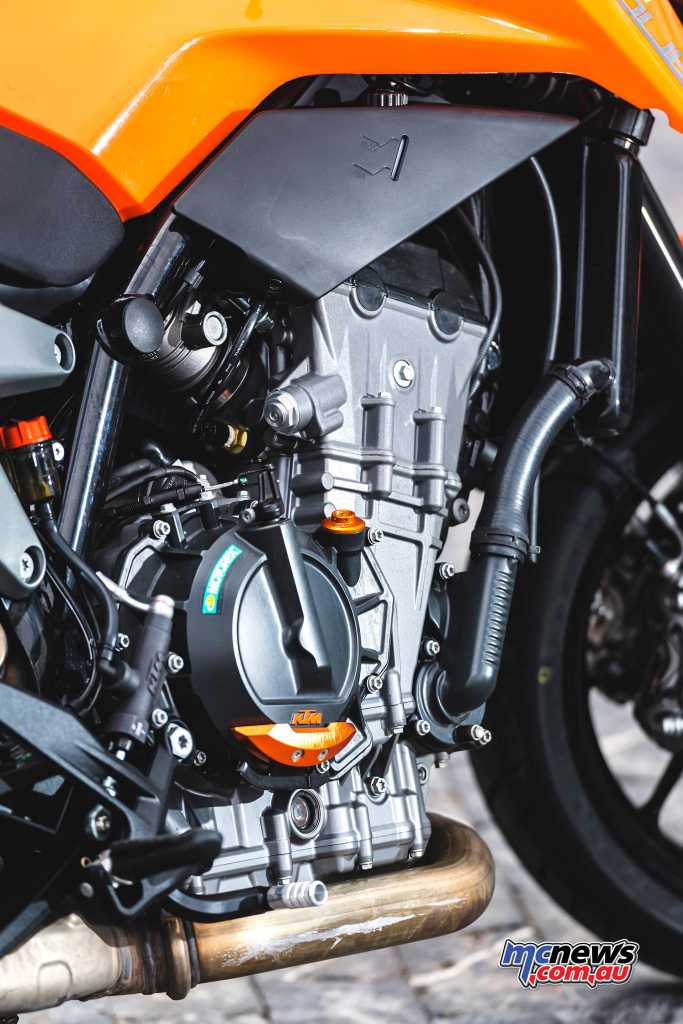
Triumph’s latest Street Triple is also a worthy contender, and can almost match the new KTM for electronic smarts. In its top-notch RS guise the Brit machine boasts higher spec, fully adjustable suspension and braking components that wear the right brand names. The British machine doesn’t do crazy quite the same way the MT-09 does, but it is in the same ward.
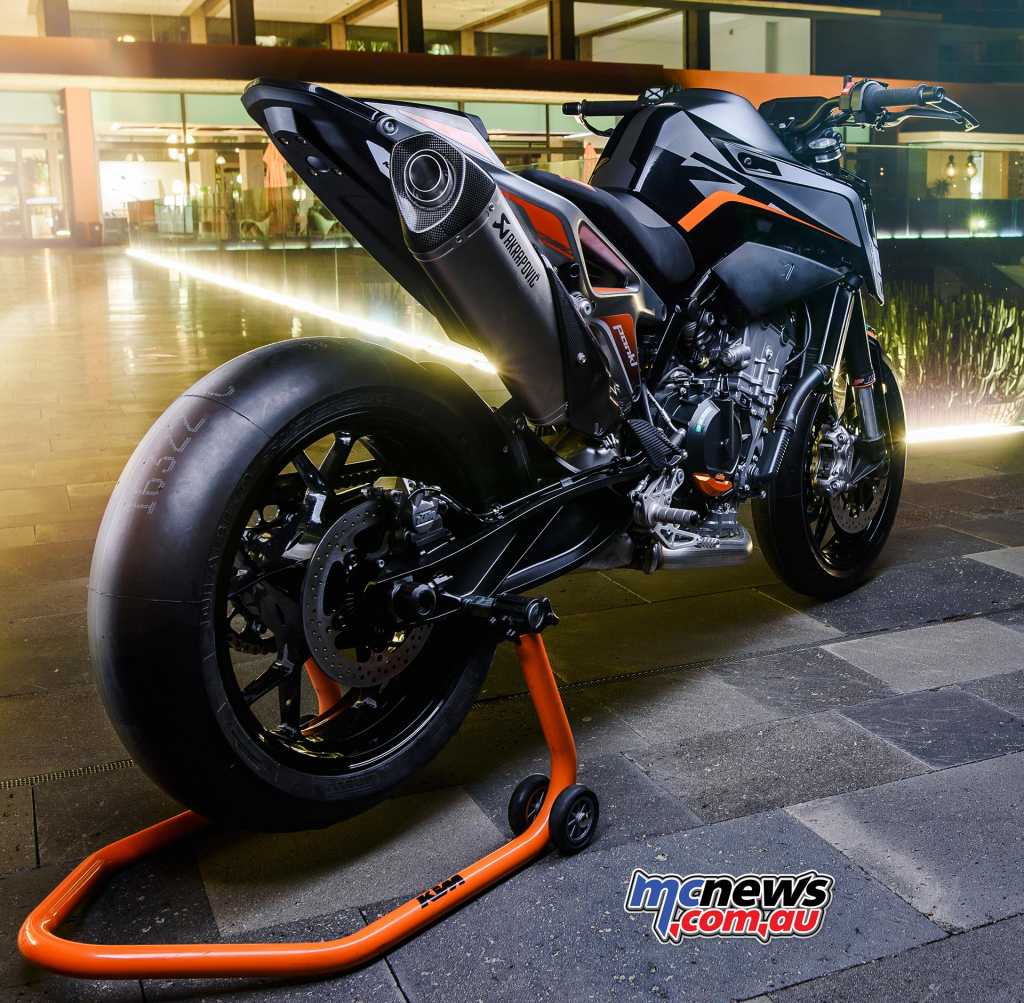
Both those competitors for the new Duke 790 have triple-cylinder engines, 765cc in the Triumph, and 847 for the Yamaha. The KTM has one less cylinder and with a displacement of 799cc, sits pretty much in the middle of its competitors.
A lot of manufacturers have found funky ways to engineer some character into what can be a pretty dull engine layout in the case of the parallel twin. Different crank off-sets and firing intervals are used to inject some spunk and vitality. BMW is even going away from their old-style 360-degree crank in its F800GS to move towards something with a bit more spirit via 270/450 phasing for their upcoming F750/F850 GS models. Yamaha had gone down a similar 270-degree route for its peppy MT-07, as did Honda for the Africa Twin.
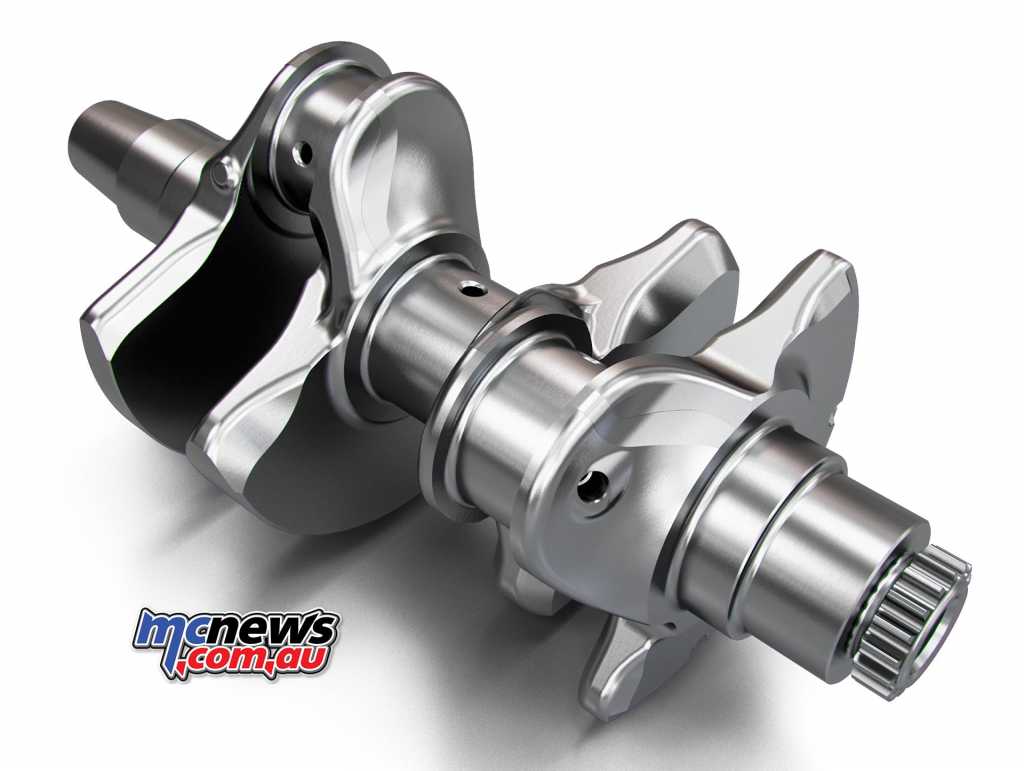
With the 790 Duke, KTM has done something different again. It has 435-degree firing intervals and 75-degree offset crank-pins to try and replicate the feel of KTM’s own V-Twin. As in all of the aforementioned parallel twin engines, these different phasings are all done to give a parallel twin a charismatic and punchy V-twin feel, while retaining the inherent packaging advantages the parallel twin enjoys. Everything apart from engine balancing is easier with a parallel twin, from intake design, exhaust routing, cooling, plumbing and even the positioning of weight, the parallel twin layout just makes sense. This is why parallel twins are becoming more and more common in affluent markets like ours.
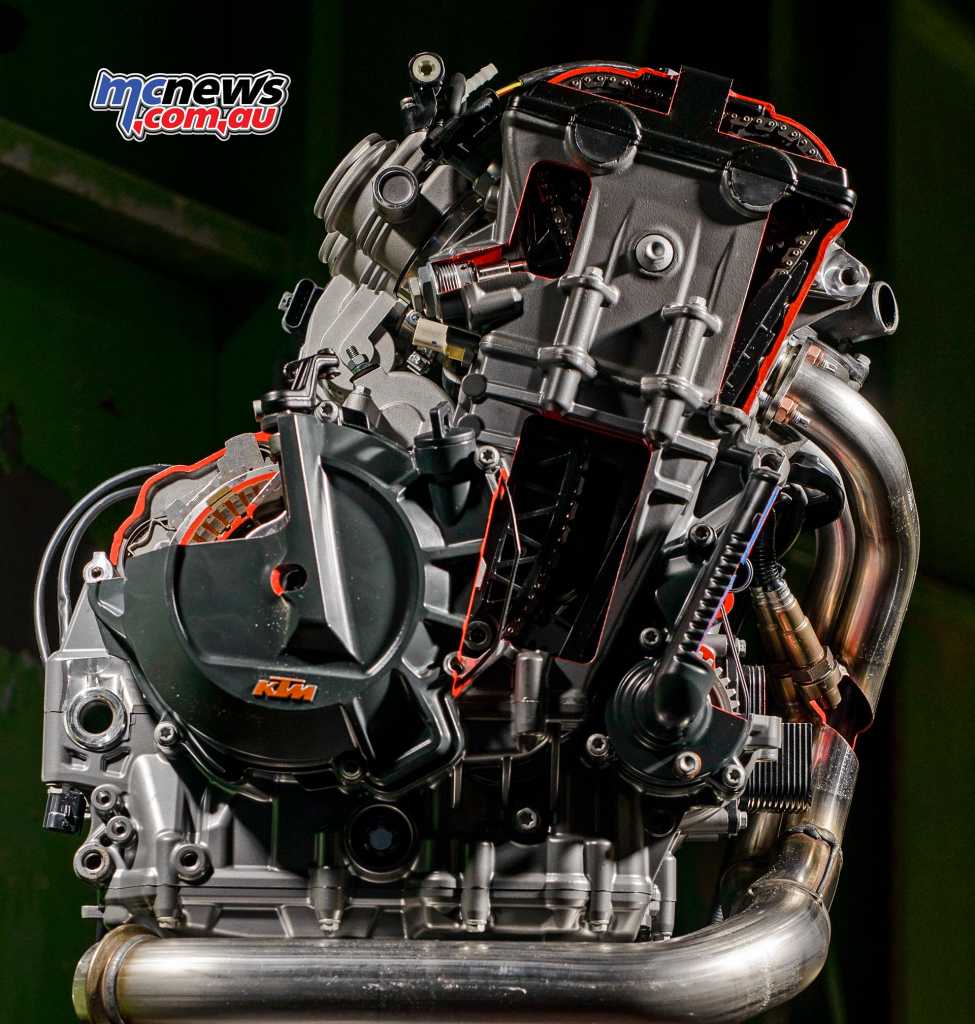
I am a self-proclaimed lover of the LC8 engine in all its 75-degree V-twin guises. I bought not only a 990 SMT to call my own, but also a 990 Adventure R. Those early incarnations of KTM’s V-Twins did not fuel at all well under 4000rpm and had their problems, but I couldn’t have cared less when I was in my happy place sat atop them with their Akrapovic cannons setting off car alarms in the suburbs, or scaring wildlife in the bush.
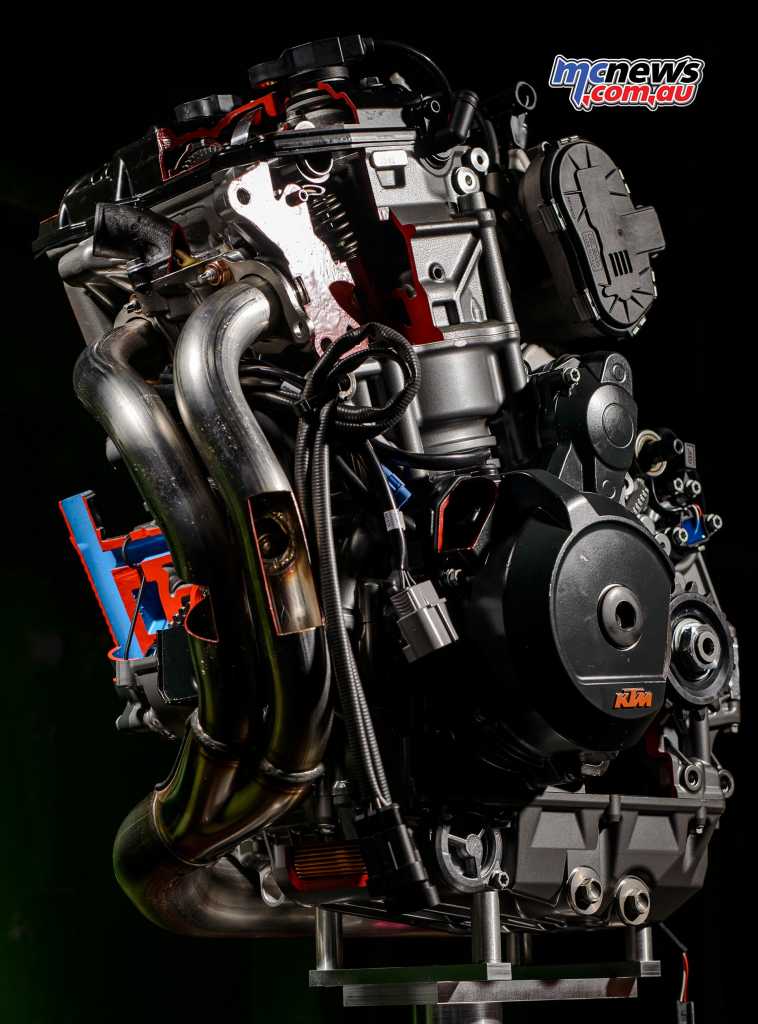
The newer 1190 and 1290 incarnations of that engine, despite having shitloads more power and speed, are much easier to get along with and boast almost perfect fueling thanks to latest generation engine management systems and improved cylinder head design. There is huge power on tap when you are up them for the rent. The space-time-continuum bends and shit gets serious. So in many ways the 990, for all its faults, was more playful and, dare I say it, more fun, than the later bigger engined Superdukes.
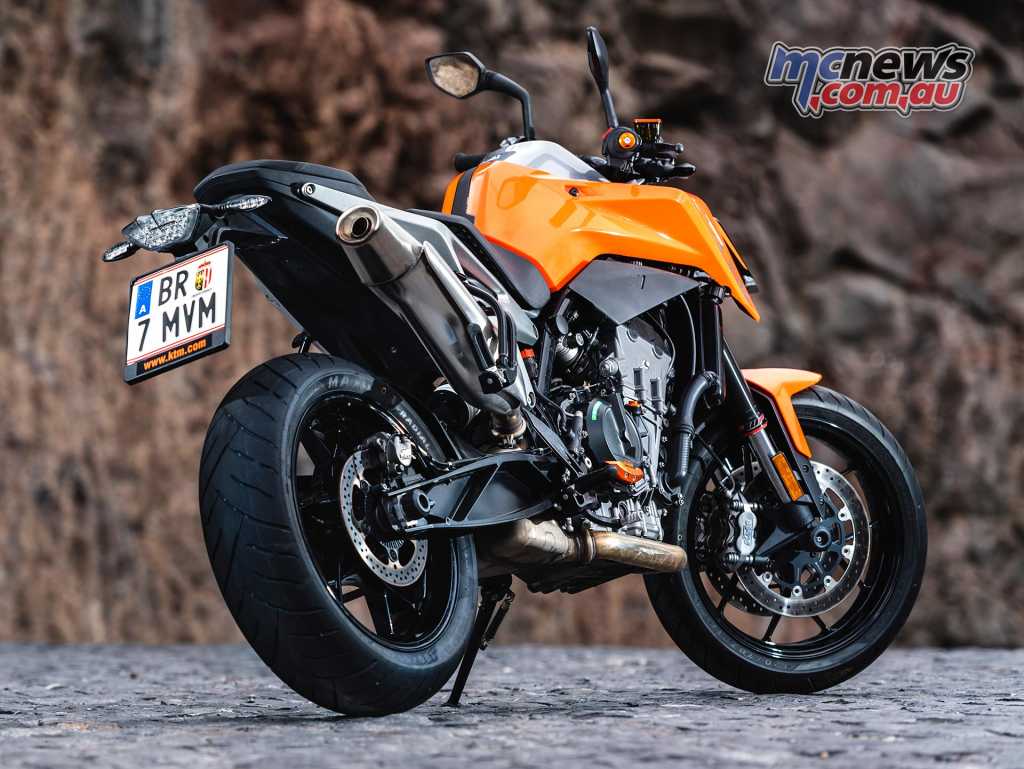
So can less now actually be more? CLICK BELOW FOR PAGE TWO…























